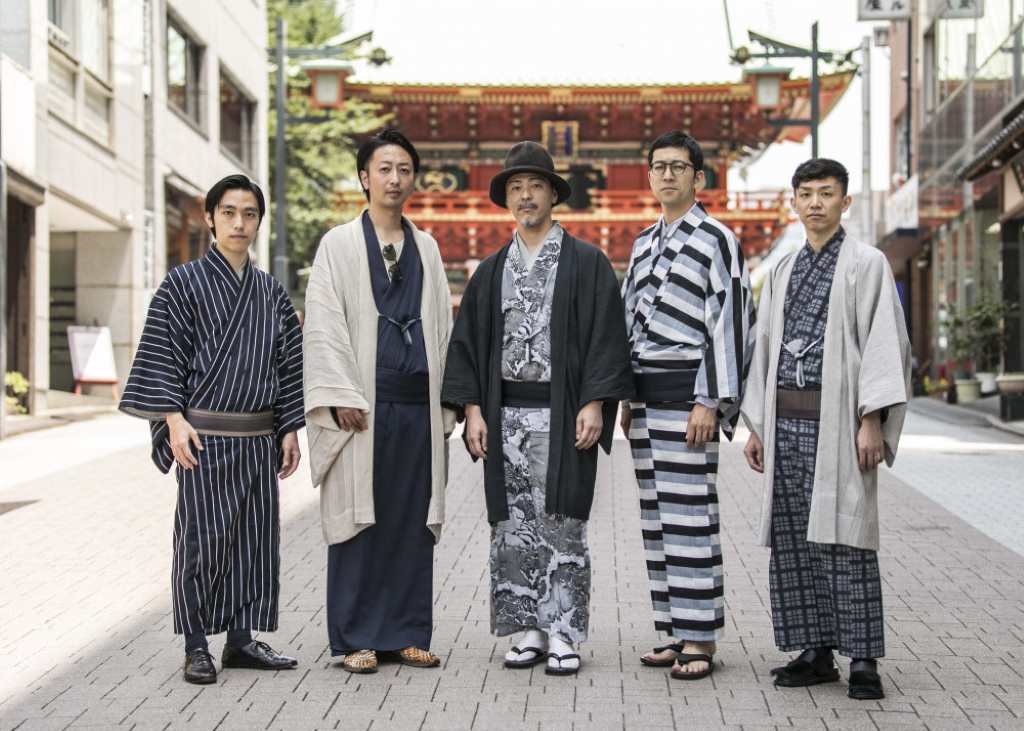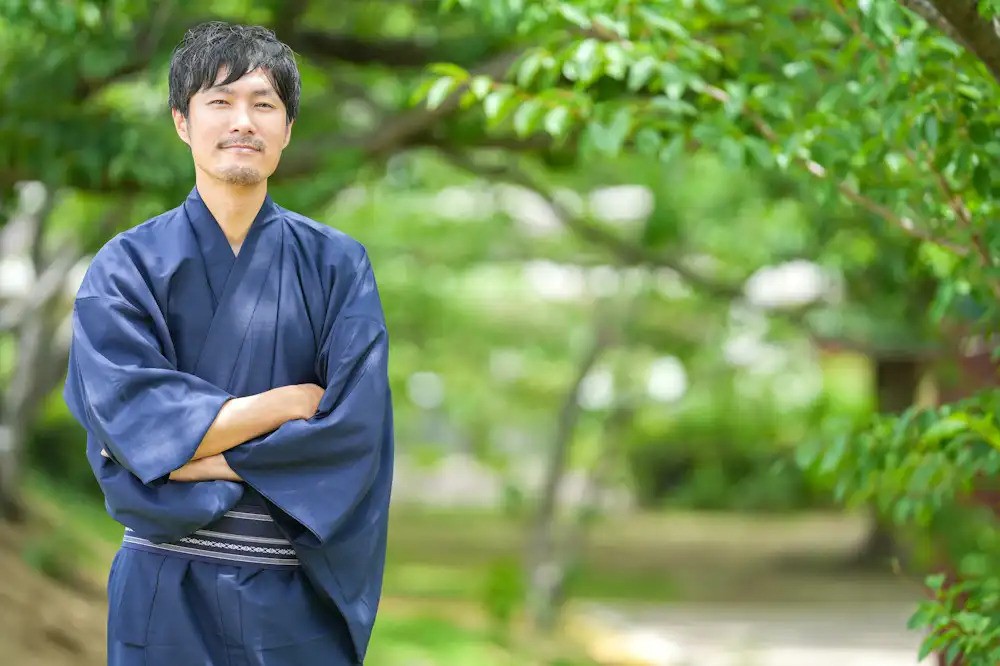The yukata, a traditional Japanese summer garment, is a symbol of casual elegance and cultural heritage. Made from lightweight cotton, it’s a comfortable and stylish choice for festivals, fireworks displays, or simply relaxing on a warm evening. For those who appreciate textiles and craftsmanship, understanding how to wear a yukata correctly is a rewarding endeavor. This guide will take you through the process step-by-step, offering insights for both beginners and those with some prior knowledge.
What is a Yukata?
Before we dive into the specifics, let’s briefly explore what makes a yukata unique. Unlike the more formal kimono, the yukata is unlined and crafted from breathable cotton. It features a straight seam down the back, two overlapping front panels, a collar (eri), sleeves (sode), and a sash (obi). Yukatas are often adorned with intricate patterns and designs, reflecting Japanese aesthetics and seasonal motifs. Yukatas offer a glimpse into traditional Japanese fashion, much like how do stars dress in everyday life, blending style with comfort.
Essential Components for Wearing a Yukata
- Yukata: Choose a yukata that fits your body type and personal style. The length should typically reach your ankles, and the sleeves should fall just below your wrists.
- Undergarments (Hadajuban or Susoyoke): While optional, wearing a thin undergarment helps absorb sweat and keeps the yukata clean.
- Obi: The obi is a sash that secures the yukata and adds a touch of flair. Men’s obi are usually narrower and less elaborate than women’s.
- Koshihimo (Waist Cord): This thin cord is tied around the waist under the obi to help hold the yukata in place.
- Datejime (Optional): A datejime is a decorative cord tied over the obi, adding a refined touch.
Step-by-Step Guide: Wearing the Yukata
- Put on the Yukata: Start by holding the yukata open with the back seam facing your spine. Slip your arms into the sleeves and ensure the collar is centered.
- Right Over Left: Bring the right front panel across your body, ensuring the edge aligns with your left hip. Then, bring the left panel over the right, overlapping it and ensuring the edges are even at the bottom.
- Secure with the Koshihimo: Take the koshihimo and wrap it around your waist twice, just above your hip bones. Tie a simple knot in the front.
- Tie the Obi: Men’s obi are tied in a simple knot at the back, slightly below the waist. There are various knots you can learn, but a basic knot is sufficient for casual wear. Tuck the loose ends of the obi under the knot.
- Adjustments: Make sure the collar sits neatly around your neck, with the back slightly higher than the front. You may also want to adjust the sleeves for comfort.
Tips and Considerations
- Fabric Choice: Choose a cotton yukata for summer. Linen blends can also be comfortable.
- Footwear: Pair your yukata with traditional geta sandals or zori flip-flops.
- Accessories: You can enhance your look with a simple fan or a small bag (kinchaku).
- Occasion: The style of your yukata and obi should match the formality of the occasion.
- Practice Makes Perfect: Tying the obi can be tricky at first. Practice with a friend or family member.
Yukata Care and Maintenance
To preserve the beauty of your yukata, it’s important to store it properly and clean it when necessary. Avoid hanging the yukata for extended periods, as this can stretch the fabric. Instead, fold it carefully and store it in a cool, dry place. Dry cleaning is recommended for most yukatas, but check the care label for specific instructions.
Embracing Tradition and Style
Wearing a yukata is more than just putting on clothes; it’s an opportunity to connect with Japanese culture and showcase your appreciation for fine fabrics. By understanding the significance of each element and mastering the art of tying the obi, you can confidently step out in your yukata and enjoy its timeless appeal.





